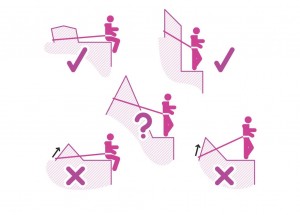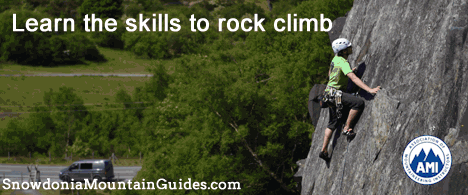When using rock spikes and threads as forms of protection you need to consider the 3 S’s.
- Solid – is the rock solid? If it is a thread are both parts solid?
- Shape – is the shape of the rock suitable for the direction of pull?
- Size – If it is a stand alone block is it big enough to not move?
As a general rule of thumb a free standing boulder needs to be at least twice the size of an adult curled up in a ball, as well as in a position where it can’t be pulled over the edge. For the scientist 1 metre cubed of rock is about 2 tonnes.

The shape of the spike needs to be angled back away from the direction of force so that the sling or rope that is a round the spike doesn’t ride up over the top and off the spike. To check this make a sawing motion with sling or rope in the direction of the likely load. If it rides up the placement will be comprimised.

Like any placement, a spike will only be any good if it is solid. To check for this at rst try rocking the boulder, but be aware that if it on the edge of a cliff, it might topple off onto people! If it doesn’t move, try giving it a kick with your foot and feel for vibrations in your hand.
In the case of spikes that are part of the mountain, the size of the ake is often unimportant. It will just be the shape and solidity that are vital.

